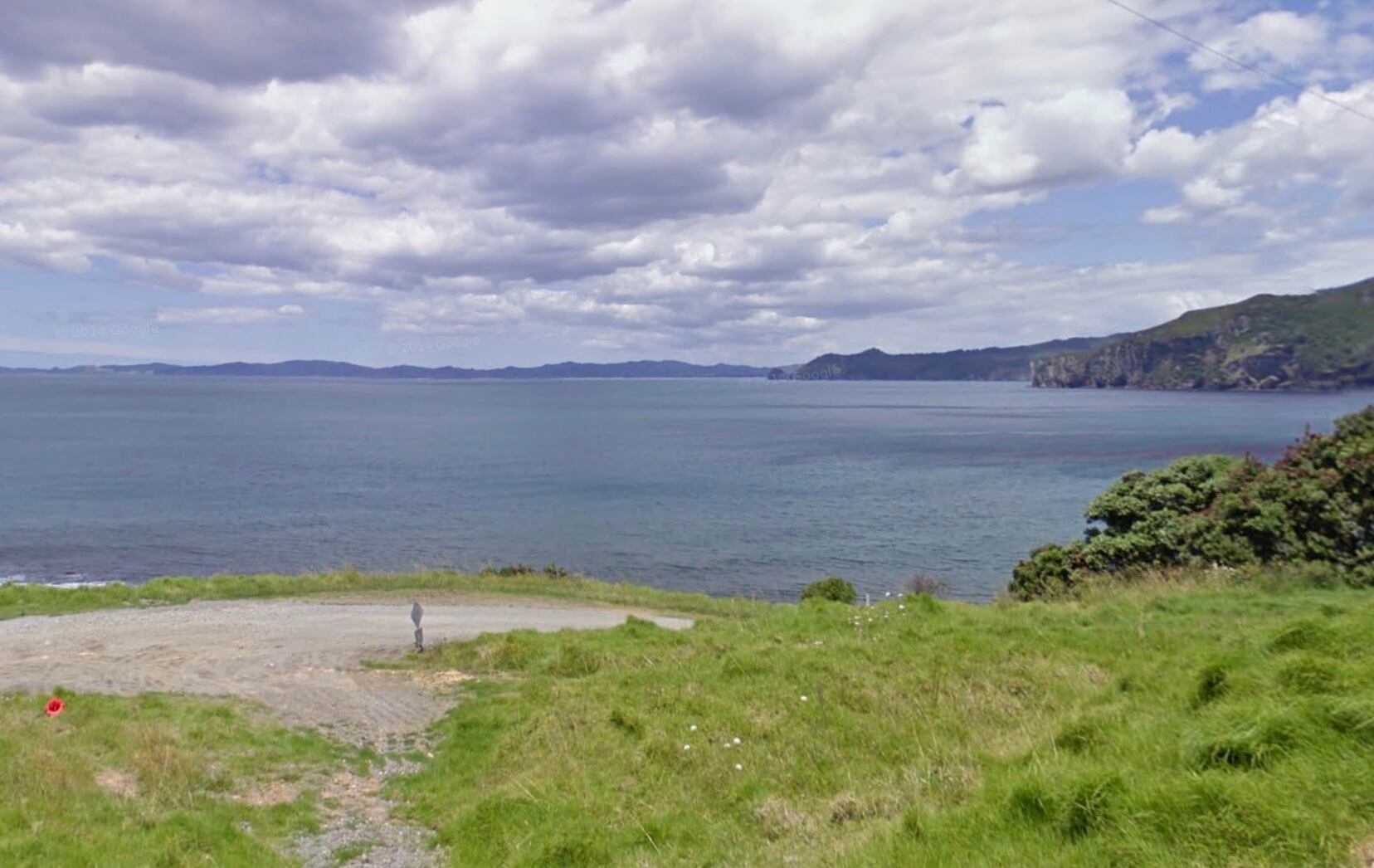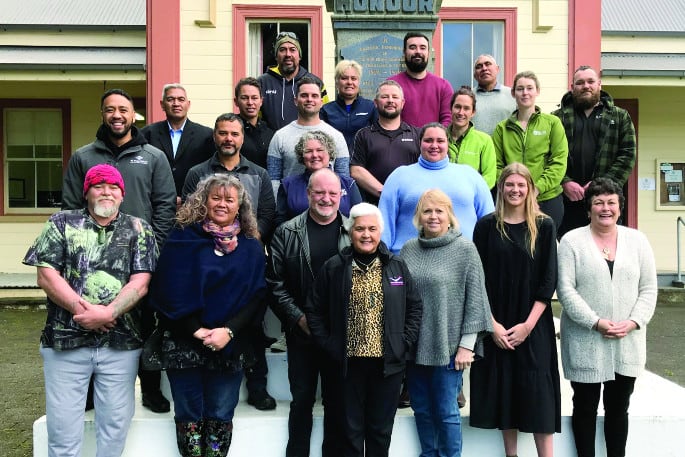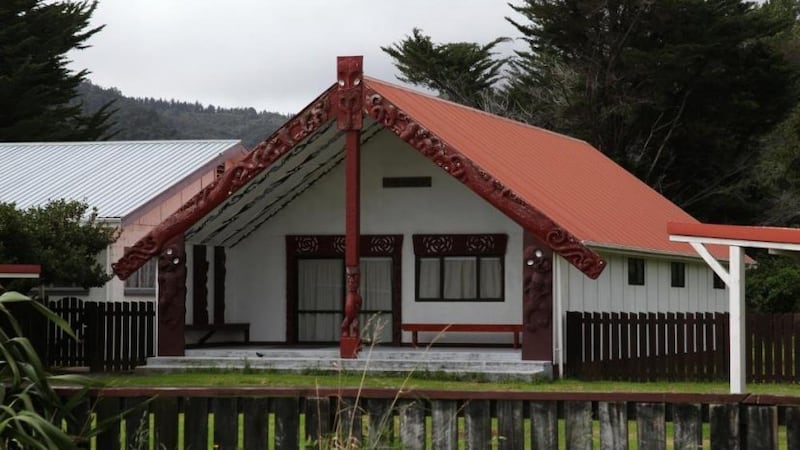Māori landowners in the Coromandel are banding together to create a sustainable community that gives weighting to equity and economics.
The rohe of Harataunga lies on the eastern tip of the Coromandel Peninsula and is largely home to Ngāti Porou ki Harataunga ngā Hapū e Toru.
Known in Te Ao Pākehā as Kennedy Bay, it’s an unassuming but breathtakingly beautiful, tranquil seaside settlement, only accessible by narrow, winding gravel roads. Population 219 it’s small, but a consortium of Māori landowners think with the right economic development, that could change, opening doors for whānau to return to the whenua.
Back from the near waterfront Harataunga Marae lies 11,500 hectares of under-utilised and undeveloped whenua. While it’s recovering from deforestation, it’s also the largest continuous block of Māori land on the peninsula. Split across 3 parcels the landowners all share one vision, to develop a thriving and sustainable economy and community.

‘We are determined to establish papakāinga, horticulture, agriculture, reclamation of wetlands and other industries that have a low environmental impact, which will allow our whānau to be fed, sheltered and prosperous as we care for this whenua,’ says Sally Steedman, Project Co-ordinator for the group’s representative body Harataunga Collective.
‘We have big dreams for this whenua’ she says.
In 2019, the landowners began work with Te Puni Kōkiri's (Ministry of Māori Development) Whenua Māori service. The programme’s role is to help administer the billions set aside in the government budget to develop Māori land. The service’s recent projects include Honey production in Te Urewera, to a 1300-strong lime tree orchard near Te Araroa and Ginseng production in Te Kūiti for the lucrative Chinese market.
Harataunga’s primary industry is Kaimoana through the bay’s mussel, paua and crayfish, but the Harataunga collective has studies underway to work on utilising their indigenous forest for biodiversity and productivity work.
‘With support through the Whenua Māori Fund, the Harataunga Collective are undertaking land-use assessments, feasibility studies and a ten-year staged development plan to determine options for land use to create multiple income streams whilst maintaining the biodiversity of their whenua.’ The rōpū said.
The collective isn’t satisfied with just creating jobs though, seeing the growing inequity in housing across the motu (even as employment opportunities grow); they know if they want to bring whānau home and provide a better standard of living for those already in the rohe, they need to grow housing and infrastructure alongside the economy.
Unique to the collective’s plan is their mahi with TPK to access the almost $380 Million set aside for Māori housing in the government’s 2021 budget and with locally-owned engineering and planning firm BECA to access $350 Million ring-fenced for developing infrastructure like roading, electricity and water services, to Māori land, in order to circumvent the growing pains common-place with other regions across the motu.

‘Te Puni Kōkiri has not just helped us with the putea to get the project underway… the advisors have been working with us to help realise our potential’ says Steedman.
The model of BECA as a technical advisory developing a master plan for rohe with TPK providing the across-the-board economic and social development support for multiple landowners, is something TPK Regional Advisor Kere Hauraki thinks could offer a blue-print for other Iwi and rohe across the motu.
‘They represent a large number of Māori landowners who are all working towards the same vision - to provide homes, mahi while caring for the land, and enable more whānau to return home and thrive on their whenua’ said Kere.
‘We’re pleased to support the Harataunga Collective to achieve their cultural, social and economic aspirations through their whenua.’

